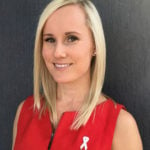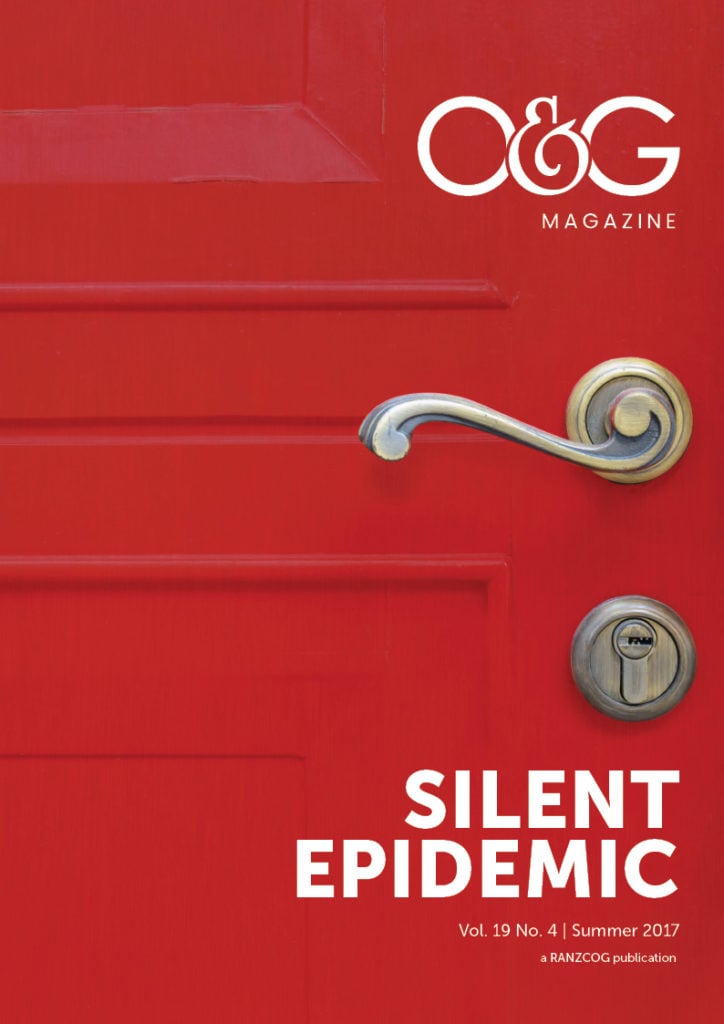‘I tell my story, not because it is unique, but because it is not.’
— Malala Yousafzai, Nobel Lecture 2014
On 3 November 2016, after a brief relationship ended, I was almost murdered and set on fire in my own home. During the assault, I was stabbed 11 times and doused in petrol before fleeing for my life.
In the weeks preceding the attack, I vividly remember my predominant emotions – fear and shame. I couldn’t comprehend how a seemingly successful and intelligent person could possibly become a victim of domestic violence. Feeling embarrassed to find myself in such a vulnerable position, I found it impossible to open up to those around me. While I waited for the police to serve the Apprehended Violence Order I had applied for, I constantly felt nervous and sick. I was too afraid to sleep in my home, and considered sleeping in my car or the registrar room at work instead. Suspecting my perpetrator was stalking me, I was always on edge and looking over my shoulder to check whether I was being followed. Meanwhile, I continued to care for my patients, attended clinics and performed procedures – all with a forced smile.
On the afternoon I was attacked, I could see the knife and my brain started to comprehend that I was being stabbed. I fell to the ground and saw the wound on my left thigh, I could see the fat beneath my skin and it was bleeding heavily around my fingers even when I tried to apply pressure. I would later learn that there was in fact not one, but six stab wounds in that thigh, with one extending all the way into my femur. I’m sure only a few seconds had passed at this point and my mind was buzzing frantically. Yet I remember having one distinct thought – I was about to become one of the 1–2 women per week murdered by a current or ex-partner in Australia1 – known ever more as a mere statistic.
I felt sinking despair as I realised that I would die then and there, all alone, and never get the chance to see my friends or family again. I think I even briefly accepted that fate. I eventually found the strength to pick myself off the ground, only to be met by a shower of petrol. It ran down my face and through my hair, it burned my eyes and filled my ears, and I coughed as the fumes began to choke me. It was that moment of indescribable horror – waiting to be lit on fire – that my adrenaline kicked into overdrive and, somehow, I found the courage to run for my life.
Leading up to the one-year anniversary of the day my life almost ended, it has become a poignant reminder of the impact of silence. One in three women will experience sexual and/or physical violence during their adult lives.2 In fact, intimate partner violence is the leading risk factor for preventable death, disability and illness burden in women aged 15 to 45 years; contributing even greater morbidity than smoking or obesity.3 If you believe your friends, family, colleagues and patients are untouched by this tragedy, you are sadly misinformed. There are survivors and victims all around us. That is why ending the silence about such a taboo topic is vitally important.
As obstetrics and gynaecology doctors, we are uniquely well placed to identify and support our most vulnerable patients. We must rise to the challenge as leaders in women’s health and become powerful advocates for change. Together, we can work toward a world in which all women, men and children can live in safety. I for one am so privileged to still have a voice, and I will never let it be silenced.
Written in memory of the 13* New Zealand and 71 Australian women murdered in 2016 in acts of domestic violence.
*on average per year4
References
- Senate Standing Committees on Finance and Public Administration, Report: Inquiry into domestic violence in Australia. 2015.
- Australian Bureau of Statistics, Personal Safety Survey. 2012. www.abs.gov.au/ausstats/[email protected]/mf/4906.0.
- Victorian Royal Commission into Family Violence, Summary and Recommendations. 2016. www.rcfv.com.au/MediaLibraries/RCFamilyViolence/Reports/RCFV_Full_Report_Interactive.pdf.
- Family Violence Death Review Committee (2014) Fourth Annual Report: January 2013 to December 2013. Wellington, Health Quality and Safety Commission.






You are such a strong person Angela. You can talk about it on a wide forum makes you a very special person.
We need more strong women like you as leaders in our communities. It is about time women came out and spoke about IPV. This is one way we can stop these cowards from perpetrating heinous crimes against women and vulnerable individuals. Sending you lots of strength and good vibes from this side of the Tasman.